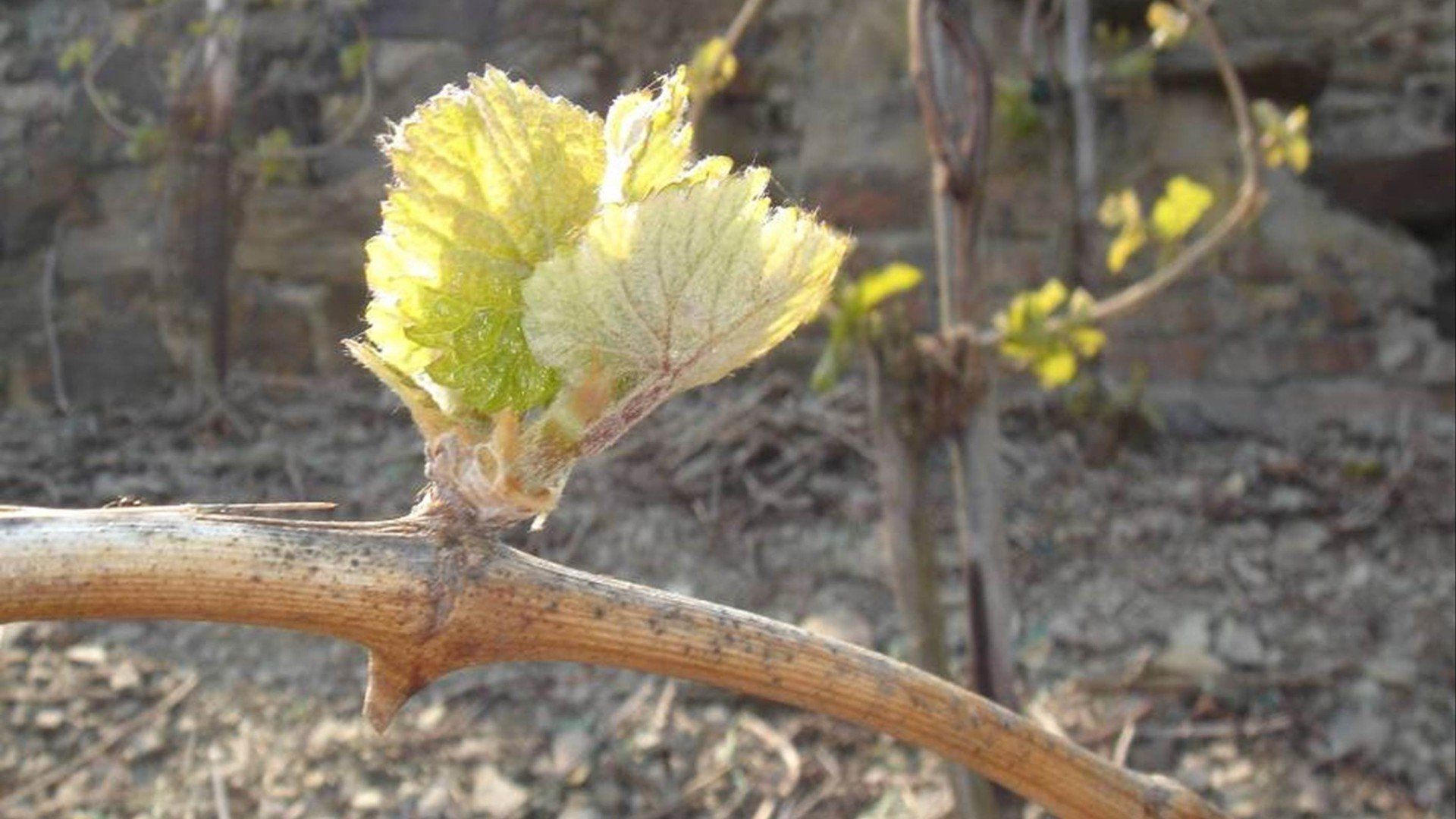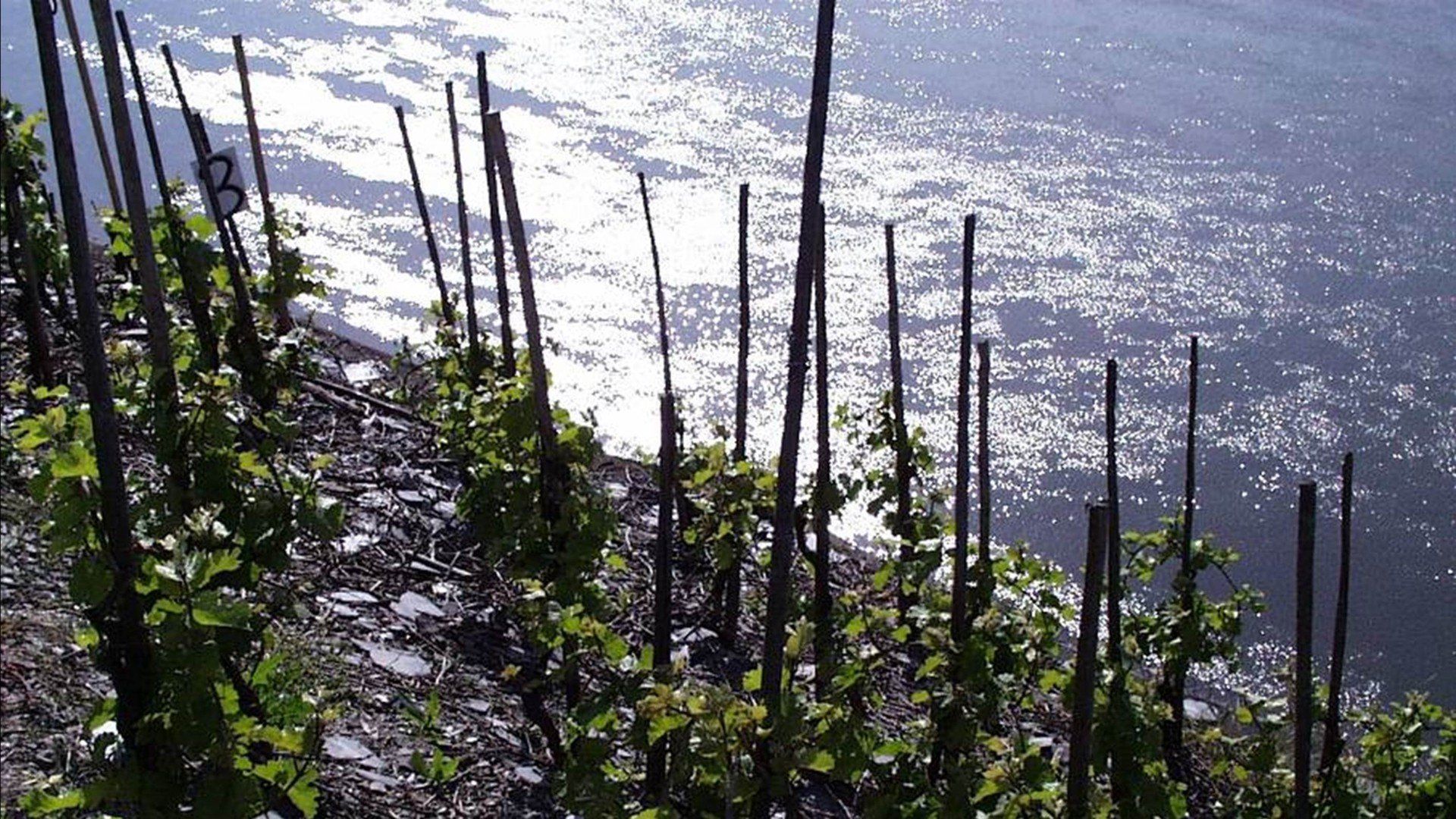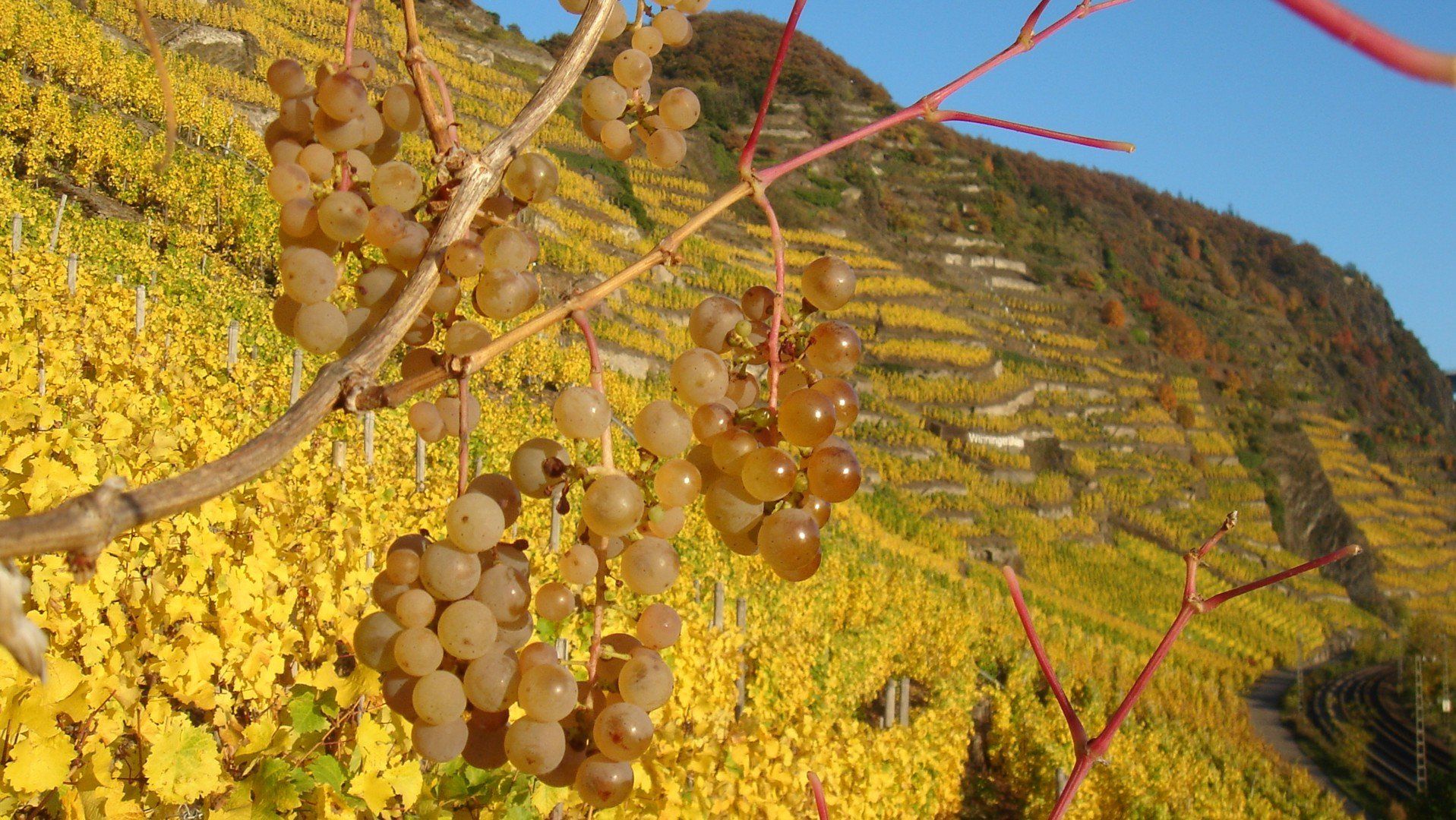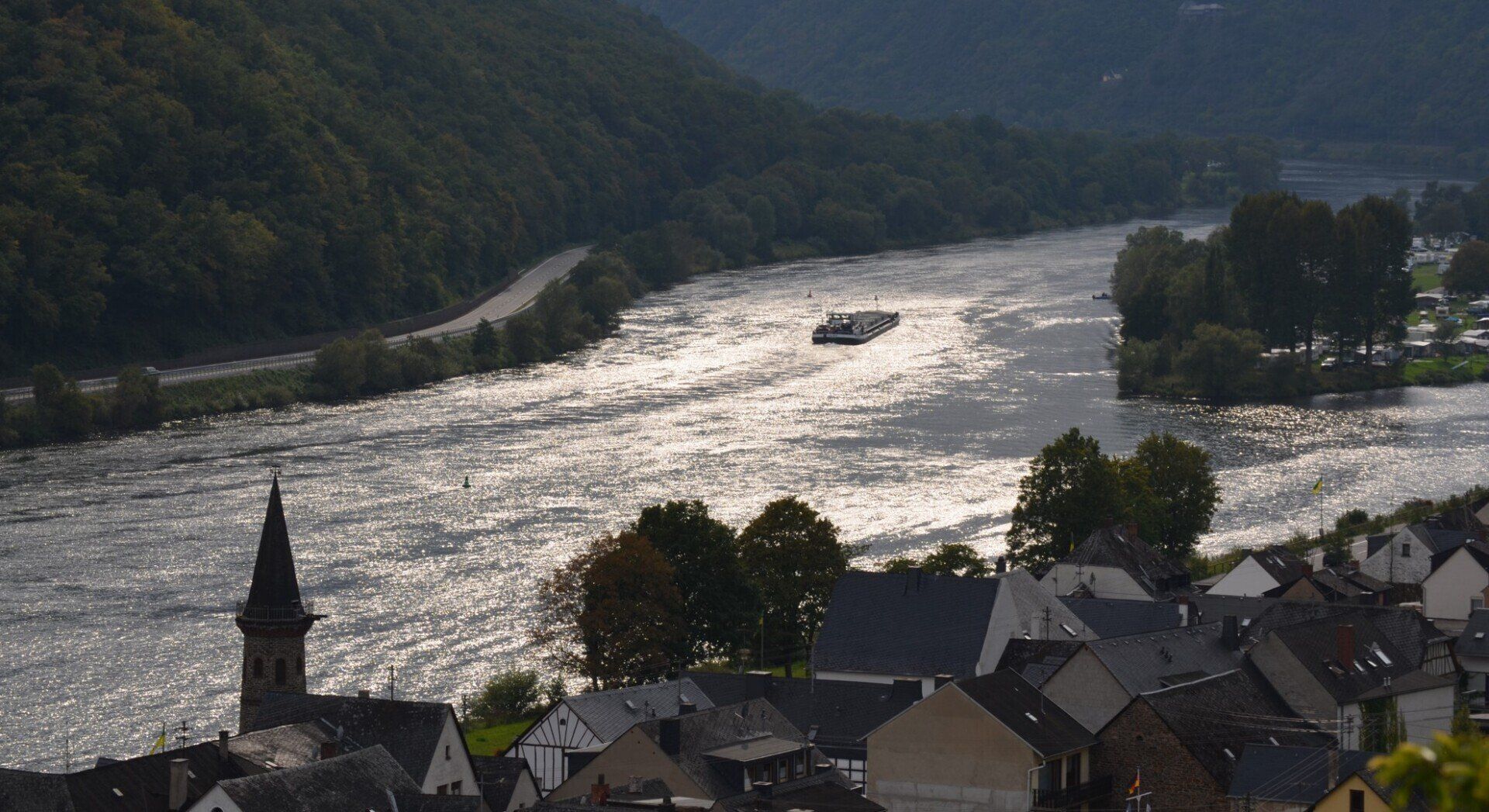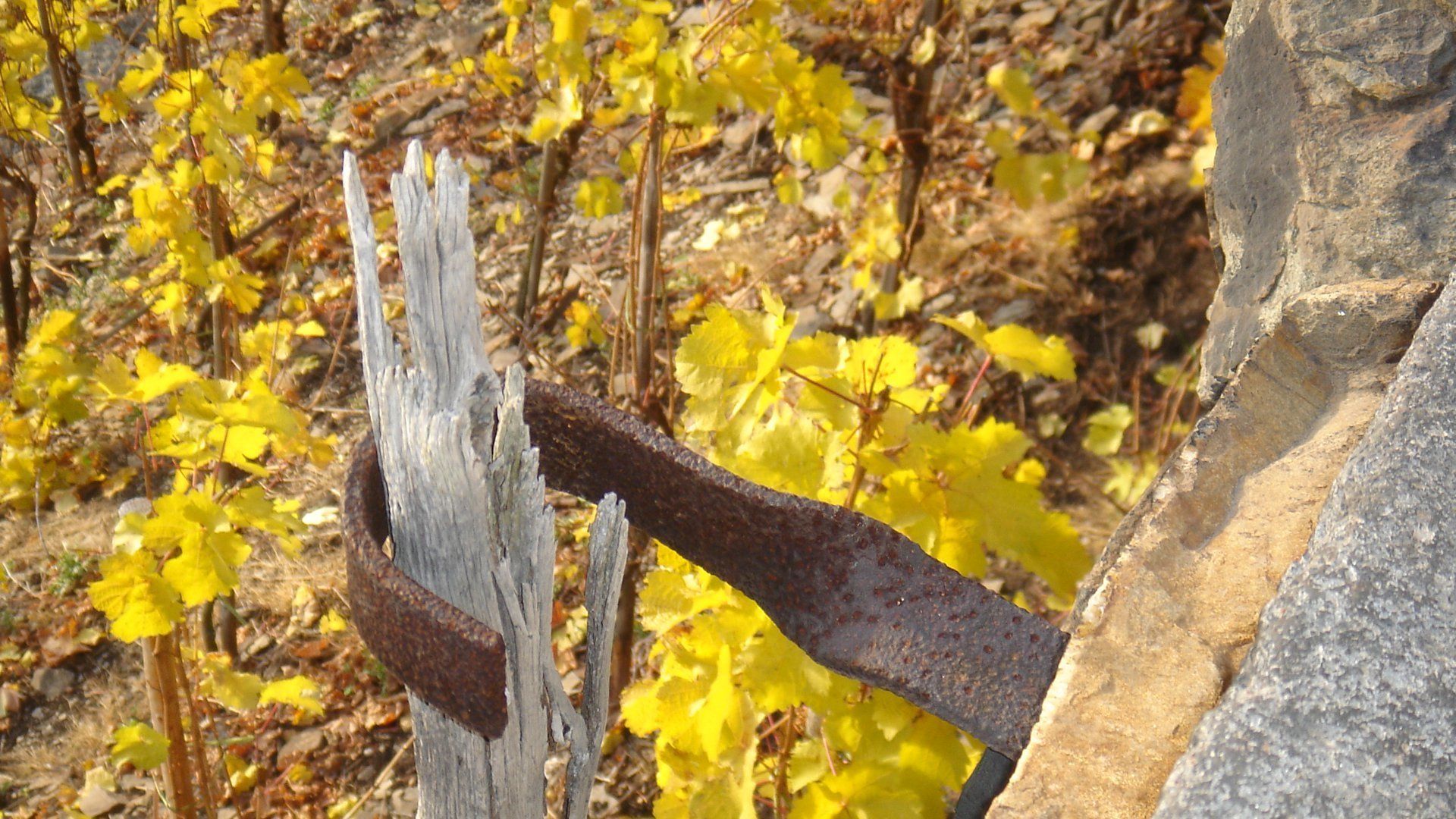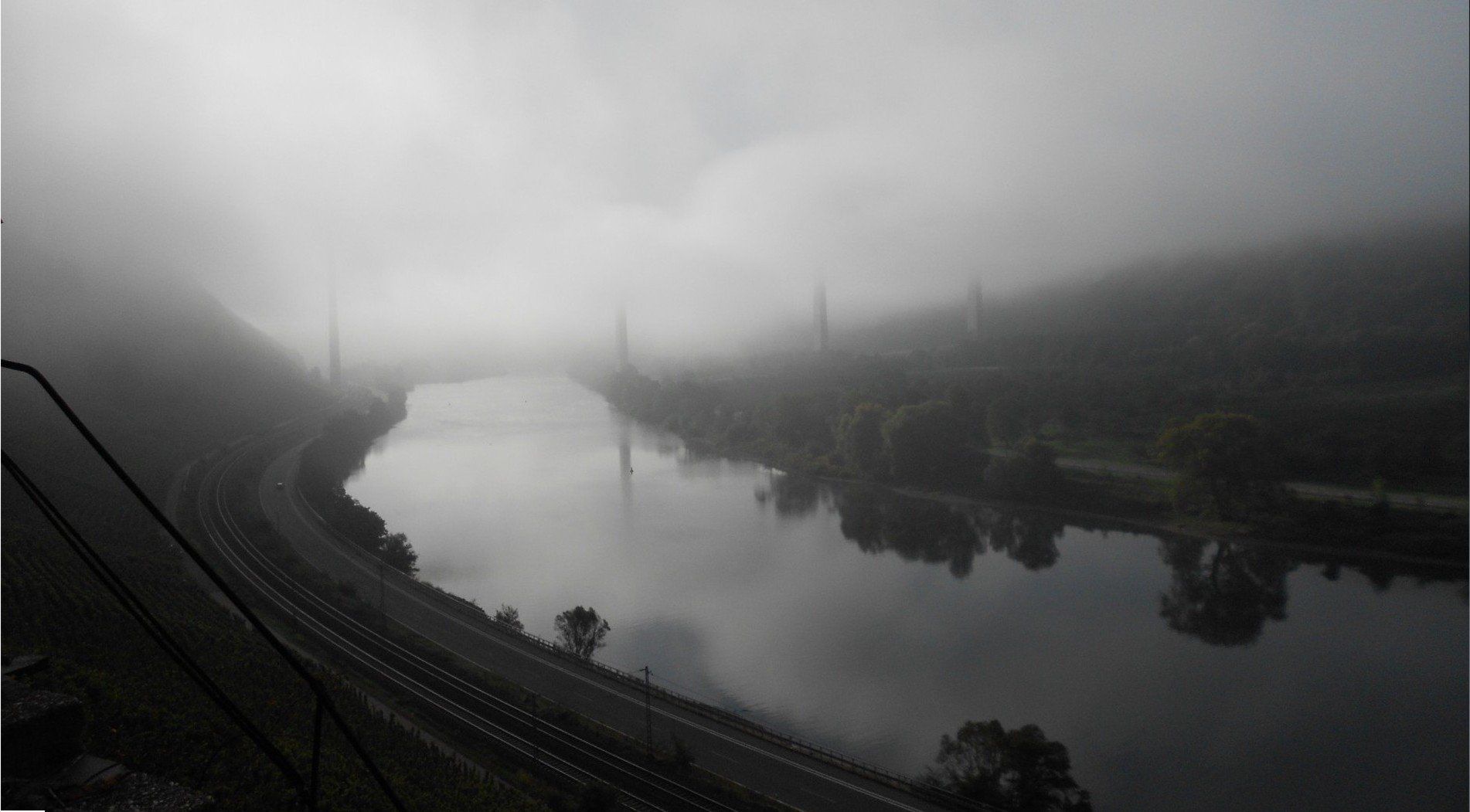
Image title
Untertitel hier einfügenButton
Image title
Untertitel hier einfügenButton
Image title
Untertitel hier einfügenButton
Image title
Untertitel hier einfügenButton
Image title
Untertitel hier einfügenButton
Image title
Untertitel hier einfügenButton
Image title
Untertitel hier einfügenButtonImage title
Untertitel hier einfügenButton
Image title
Untertitel hier einfügenButtonImage title
Untertitel hier einfügenButton
Image title
Untertitel hier einfügenButton
Image title
Untertitel hier einfügenButton
Image title
Untertitel hier einfügenButton
Image title
Untertitel hier einfügenButton
Image title
Untertitel hier einfügenButton
Cool Climate
und was ist mit global warming ?
This is how we are Central Europeans: We like it warm, we love the sun. And the German wine law with its je-Sonne-je-Öchsle and wine advertising seek to serve exactly this longing for Mediterranean warmth and joie de vivre. Nevertheless, even if our collective subconscious rebels: We owe the good taste of our wines to the fact that our summers are comparatively cool and humid. Even the vines can do little with summer heat. The best assimilation performance of Riesling is at 27 ° C and overcast sky. But what do we care? We don't want sugar, respectively. Produce alcohol, but rather finesse-rich wine - and are therefore less happy about sweet than about aromatic grapes.
Grapes should not be fried, but simmered on a low flame. Not just 80 to 100 days as in the hot south, our grapes have up to 160 days to ripen their subtle aromas and store the finesse of the slate. The change in temperature between day and night towards the end of the ripening period is of decisive importance for the development of aromas. We harvest in October and November, and often wait until the leaves have fallen after the first night frosts and the grapes reach the optimum concentration of aromas in the interplay of warm sun, wind and cold nights. A really cool climate!
We wrote that 20 years ago. And today?
That is still true with the up to 160 days. The only difference is that everything has shifted for two to three weeks. We no longer harvest in October-November but start in September. The rise in temperature allows our vines to sprout earlier - and correspondingly earlier to ripen. At the same time, the weather is becoming more extreme. Too much water one year, too dry the other. All in all, more rain in summer - but also more hail. And stress.
From a winemaker's point of view, we are initially very satisfied with the global warming. In contrast to the 1980s, we harvest ripe grapes every year in every vineyard, so that the differences in taste between the wines are actually defined by the character of the location. But what happens if the rise in temperatures continues?
The last few years have been extremely hot and dry. In 2018 all records were broken. In summer we were almost desperate because of the dry heat and in our minds had already outclassed all the grapes from the exposed terraces due to drought damage. And then: ripe, juicy grapes and wines with a fascinating taste. The magic words: healthy soil, humus management, high planting density and old vines. (What we cleared and replanted in Uhlen 12 years ago, we actually had to completely downgrade.)
Wenn wir das Jahr 2018 als worst-case bezeichnen, sehen wir dem Klimawandel aus weinbaulicher Sicht erst einmal relaxt entgegen. Und was ist in 50 Jahren? Sollte es wirklich linear so weiter gehen, ist es dann in der Tat zu heiß für Riesling. Und dann? Dann pflanzen wir Syrah und produzieren die Côte Rôties im Uhlen. An der Rhône ist es dann zu heiß, unsere Böden haben ganz ähnlichem Schiefer... Und wenn wir dann noch deren Preise erzielen...
Nevertheless ... We prefer to work on optimizing our CO2 footprint and invest in energy-saving systems.
From a different perspective:
Fits to:
Terrassen > Cool Climate
Cool Climate
und was ist mit global warming?
This is how we are Central Europeans: We like it warm, we love the sun. And the German wine law with its je-Sonne-je-Öchsle and wine advertising seek to serve exactly this longing for Mediterranean warmth and joie de vivre. Nevertheless, even if our collective subconscious rebels: We owe the good taste of our wines to the fact that our summers are comparatively cool and humid. Even the vines can do little with summer heat. The best assimilation performance of Riesling is at 27 ° C and overcast sky. But what do we care? We don't want sugar, respectively. Produce alcohol, but rather finesse-rich wine - and are therefore less happy about sweet than about aromatic grapes.
Grapes should not be fried, but simmered on a low flame. Not just 80 to 100 days as in the hot south, our grapes have up to 160 days to ripen their subtle aromas and store the finesse of the slate. The change in temperature between day and night towards the end of the ripening period is of decisive importance for the development of aromas. We harvest in October and November, and often wait until the leaves have fallen after the first night frosts and the grapes reach the optimum concentration of aromas in the interplay of warm sun, wind and cold nights. A really cool climate!
We wrote that 20 years ago. And today?
Das mit den bis zu 160 Tagen stimmt immer noch. Nur mit dem Unterschied, dass sich alles zwei bis drei Wochen verschoben hat. Wir ernten nicht mehr im Oktober-November sondern beginnen schon im September. Der Temperaturanstieg lässt unsere die Reben früher austreiben - und entsprechend früher reif werden. Gleichzeitig wird das Wetter extremer. In einem Jahr zu viel Wasser, im anderen zu trocken. Alles in Allem mehr Regen im Sommer - dafür aber auch mehr Hagel. Streß.
From a winemaker's point of view, we are initially very satisfied with the global warming. In contrast to the 1980s, we harvest ripe grapes every year in every vineyard, so that the differences in taste between the wines are actually defined by the character of the location. But what happens if the rise in temperatures continues?
The last few years have been extremely hot and dry. In 2018 all records were broken. In summer we were almost desperate because of the dry heat and in our minds had already outclassed all the grapes from the exposed terraces due to drought damage. And then: ripe, juicy grapes and wines with a fascinating taste. The magic words: healthy soil, humus management, high planting density and old vines. (What we cleared and replanted 12 years ago in Uhlen, we actually had to completely downgrade.)
If we describe the year 2018 as the worst-case, we are initially relaxed about climate change from a viticultural perspective. And what about 50 years from now? If things continue in a linear fashion, then it is indeed too hot for Riesling. And then? Then we plant Syrah and produce the Côte Rôties in the Uhlen. It is then too hot on the Rhône, our soils have a very similar slate. And if we then get their prices ...
Nevertheless. We prefer to work on optimizing our CO2 footprint and invest in energy-saving systems.
From a different perspective:
Fits to:



